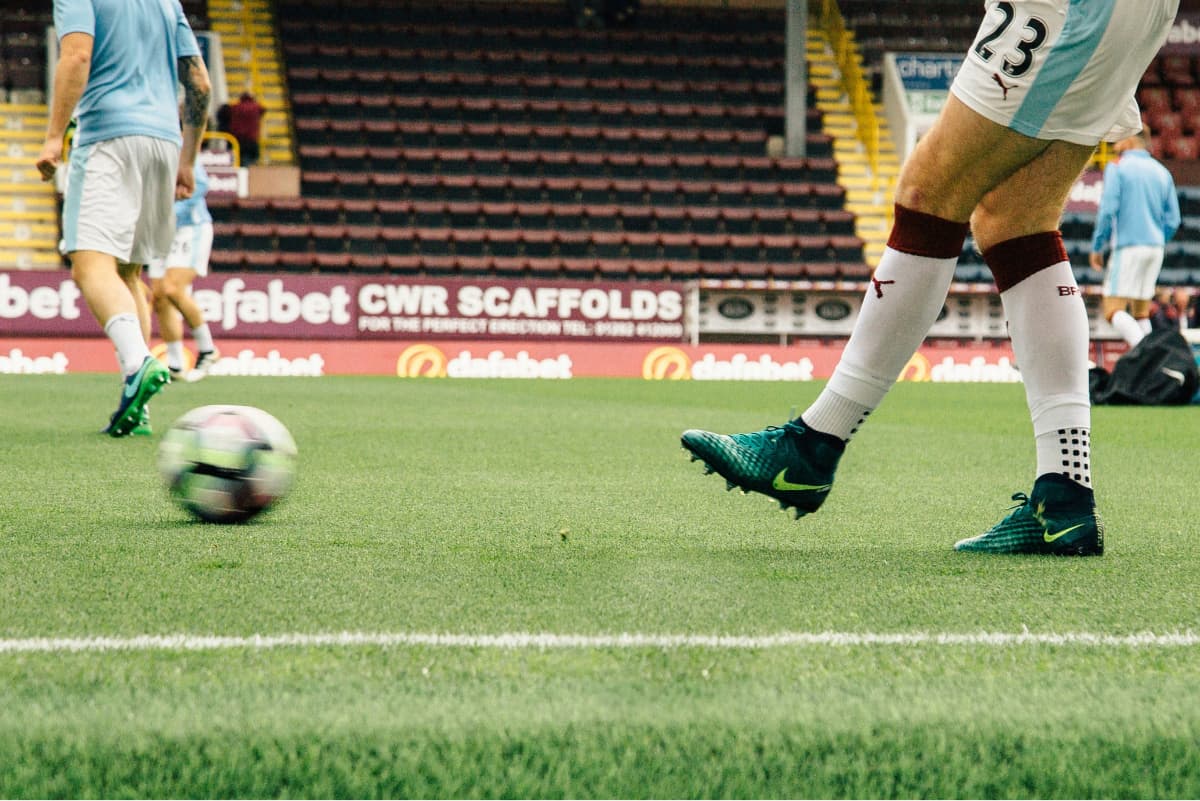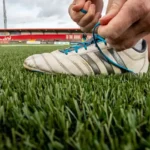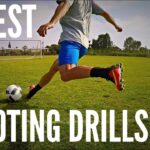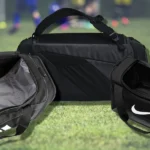Many soccer players struggle with consistent passing, especially under pressure. Whether you’re a beginner or a rising star, poor passing often leads to missed chances, broken plays, and lost confidence. If you’re a young athlete, coach, or even a weekend warrior aiming to sharpen your skills, learning the right passing drills is a game-changer. In this blog, you’ll find 7 must-know soccer passing drills designed to improve control, accuracy, and speed — giving you the edge you need when it matters most.
Why Passing Drills Matter in Soccer
Passing isn’t just about getting the ball from one teammate to another. It’s about timing, communication, vision, and technique. Top-level teams spend hours perfecting simple passes because every touch counts.
Well-executed passing keeps possession, builds momentum, and creates scoring opportunities. Without strong passing fundamentals, even the most skilled attackers can look ineffective. Drills help train your body and mind to pass instinctively, even under high-pressure situations.
Whether you’re preparing for competitive matches or casual play, incorporating these drills into your routine will instantly boost your confidence and execution.
Drill 1: Wall Passes (Solo Drill)
Objective: Improve passing accuracy, touch, and ball control when practicing alone.
How to Do It:
- Stand about 1–2 meters from a wall.
- Use the inside of your foot to pass against the wall.
- Control the return ball and repeat quickly.
- Alternate feet and increase intensity as you improve.
Why It Works:
This drill sharpens muscle memory, helps with weak-foot development, and can be done with minimal space or equipment.
Pro Tip:
Use cones to mark your standing position. Track how many successful passes you can complete in 1 minute.
Drill 2: Passing Squares (2+ Players)
Objective: Improve short passing accuracy and decision-making under pressure.
How to Do It:
- Set up 4 cones in a square (5×5 meters for beginners, larger for advanced players).
- One player stands at each cone.
- Pass the ball clockwise using one or two touches.
- Increase speed and switch directions after each round.
Why It Works:
This drill simulates real-game passing angles and helps players stay alert while maintaining ball control in tight spaces.
Pro Tip:
Add a defender in the middle to make it a Rondo-style challenge for better pressure handling.
Drill 3: One-Touch Passing (Partner Drill)
Objective: Build speed, rhythm, and quick reaction with minimal touches.
How to Do It:
- Pair up and stand 3–5 meters apart.
- Pass the ball back and forth using only one touch.
- Focus on using the inside of the foot and staying balanced.
- Increase speed and shorten the distance as you improve.
Why It Works:
Quick one-touch passing keeps the game flowing and helps you think and act faster on the pitch.
Pro Tip:
Set a timer and track how many successful one-touch passes you can complete without mistakes.
Drill 4: Triangle Passing (3 Players)
Objective: Enhance movement, awareness, and passing accuracy in dynamic setups.
How to Do It:
- Form a triangle using 3 cones or markers.
- Assign one player to each point.
- Pass in sequence while one player always moves to an open side after passing.
- Rotate positions after a set time.
Why It Works:
This drill mimics game movements, encouraging players to think ahead and support their passes with intelligent runs.
Pro Tip:
Use a defender or time constraint to simulate real match pressure.
Drill 5: Through Ball Drill (2+ Players)
Objective: Improve timing and accuracy of forward passes that split defenses.
How to Do It:
- Set up two cones as a “defensive gap” about 4–6 meters apart.
- One player acts as the passer; another makes diagonal runs behind the cones.
- Time the run and send a well-weighted through pass between the cones.
Why It Works:
This drill sharpens your vision, helps you read teammate movement, and trains your ability to find space in high-pressure games.
Pro Tip:
Change the angle and pace of runs to simulate real game scenarios.
Drill 6: Long Passing (2 Players or Group)
Objective: Develop power, accuracy, and technique for long-range passes.
How to Do It:
- Set up cones 20–30 meters apart.
- Use the laces of your foot to drive the ball toward your partner.
- Control and return the pass with precision.
Why It Works:
Long passes can switch play, create space, or start counter-attacks — mastering them is essential for all positions.
Pro Tip:
Focus on body posture — lean slightly back and follow through with your kicking leg for lofted passes.
Drill 7: Rondo (Keep-Away Game)
Objective: Enhance passing speed, control under pressure, and tactical thinking.
How to Do It:
- Set up a circle with 4–6 players on the outside and 1–2 defenders in the center.
- Outside players keep possession using short, quick passes.
- Defenders try to intercept.
Why It Works:
Rondo builds composure, sharpens reflexes, and improves communication among teammates.
Pro Tip:
If a defender wins the ball, they swap with the player who lost it — keeps everyone alert and competitive.
Quick Recap + Pro Tips for Better Passing
Every soccer player, regardless of skill level, needs a solid passing foundation. These 7 drills help you build muscle memory, sharpen decision-making, and develop trust with teammates.
Top Tips:
- Always stay on your toes — movement matters.
- Communicate constantly with teammates.
- Practice with both feet.
- Focus on the quality of each pass, not just speed.
- Make it a routine — consistency builds champions.
By including just 15–20 minutes of these drills in your sessions, you’ll notice better control, faster passes, and more confident play.
FAQs About Passing Drills
How often should I practice passing drills?
Aim for 3–4 sessions per week, even if just 15 minutes per session. Consistency is key.
Are these drills useful for all positions?
Yes! Whether you’re a striker, defender, or midfielder — sharp passing makes your entire team better.
What’s the best drill for beginners?
Wall passes are perfect to start. They require minimal setup and give instant feedback.
Can I improve passing without a partner?
Yes. Solo drills like wall passes and cone targets are excellent for self-improvement.
Should I focus on speed or accuracy?
Start with accuracy. Once you’re consistent, increase speed without losing control.










